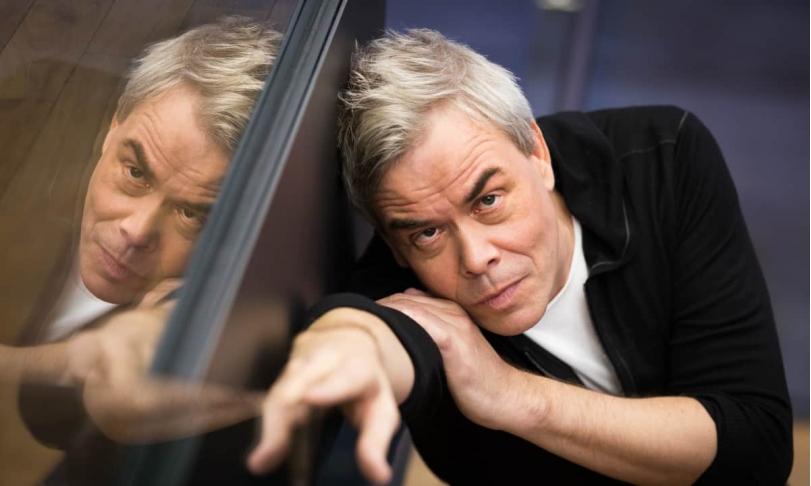
It doesn't always have to be Beethoven. Despite an acute Beethoven year. It's a good thing that Hannu Lintu and his Finnish Radio Orchestra are currently taking up the lance for Karol Lutosławski, namely in the form of the second album of all the Polish composer's symphonies, which, with a total number of 4, does not come close to Beethoven's 9 symphonies. Together with their chief conductor Hannu Lintu, the top Finnish orchestra has recorded all four symphonies of the composer, who died in 1994, who was also a successful conductor, and who can be confidently apostrophized as our contemporary.
Lutosławski was already active as a composer before the Second World War, but fell silent during this worldwide catastrophe, in which survival was the primary concern. Immediately after the war, he returned as a composer with his First Symphony, which was banned as "formalistic" by the Polish communist regime of the time. In doing so, he shared the fate of many a composer from the Eastern Bloc who was not true to the line, such as Shostakovich. During the political thaw in Poland in 1954, Lutosławski, who at the time was experimenting with serial and aleatoric techniques, was able to make his mark. In 1967, after a long period of symphonic abstinence - his First Symphony had been composed about 30 years earlier - and increasing international conducting activity, his Second Symphony was published, which was followed by his Third Symphony in 1983. again, after a relatively long break. The Second Symphony has an unusually compact form with only two movements in succession without pause, while the Third Symphony, with its five movements separated from each other, is still within the classical four-movement symphonic format. Both symphonies, which have already been recorded several times, are characterized by an unusual colorfulness, imaginative compositional ideas that include dissonant structures and bizarre outbursts, to which calm, relaxing passages contrast strongly. Lutosławski succeeds, despite the modernity of these two works, in not deterring the listener with academic ambiguity. Rather, these symphonies are always audible, combining unusual compositional ideas with familiar classical twists.
Lutosławskis symphonies present a severe technical challenge for the performing orchestras, which the Finish Radio Symphony Orchestra mastered with virtuosity under the guidance of its principal conductor on this album. The effort, strain and concentration that such complex compositions demand from their performers are not evident on this album. Much more, one has the impression that this orchestra makes the Lutosławski symphonies sound with the same self-evidence as classical music that has been performed over many years, such as Beethoven. The Finnish ensemble and its chief conductor more than deserve to be more widely recognized in the more southern regions of Europe. As long as they cannot be welcomed as regular guests in our concert halls, it should be expressly pointed out that numerous concerts can be accessed free of charge via the media library of the Finnish radio station YLE (https://areena.yle.fi/1-3217809), proving that the extremely high playing level of the current Lutosławski album is not an exception but reliable practice.
Finnish Radio Symphony Orchestra
Hannu Lintu, conductor








